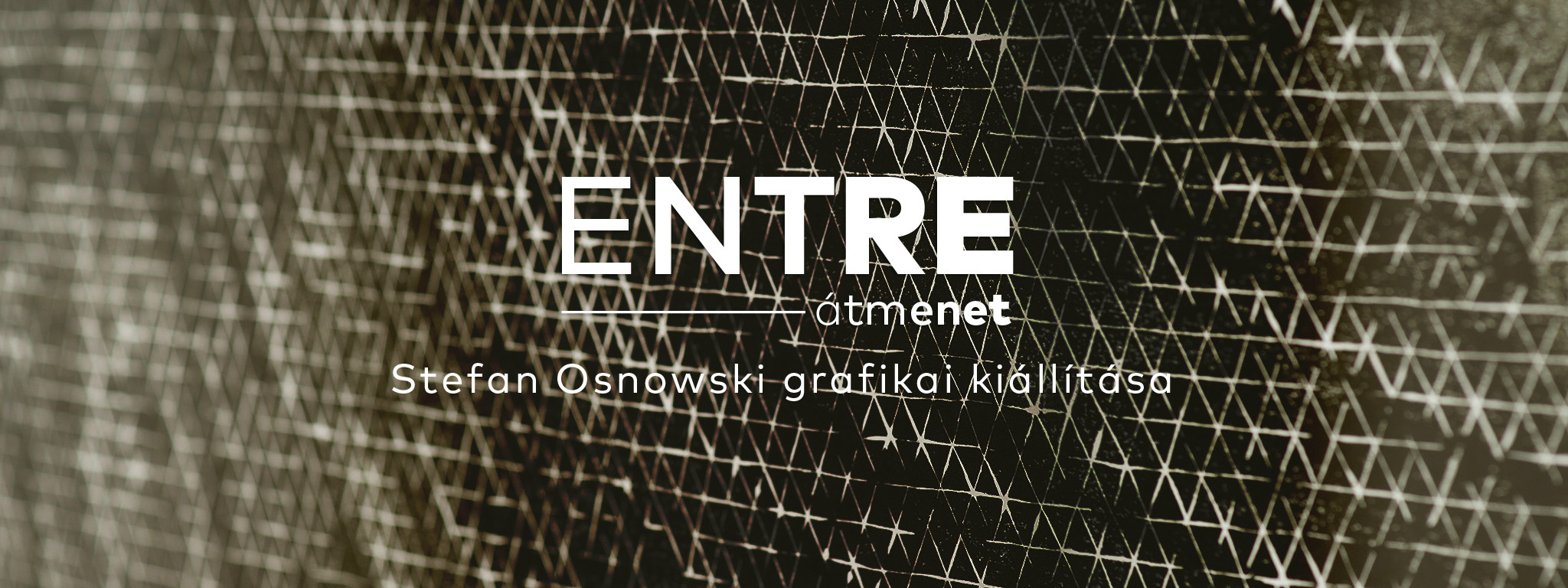
A selection of Stefan Osnowski’s latest experimental wood engravings
Thursday May 17th, 2018The series of Stefan Osnowski is closely related to his earlier big size woodcuts, that he exhibited with the name Passage in the Resident Art Galery in 2017. In his latest series called ENTRE – between the artist continues to follow the principle of creation based on strict rules, but this time he enriches the parallel network of lines with diagonal prints. The resulting system makes the surface into lattice […]
The series of Stefan Osnowski is closely related to his earlier big size woodcuts, that he exhibited with the name Passage in the Resident Art Galery in 2017. In his latest series called ENTRE – between the artist continues to follow the principle of creation based on strict rules, but this time he enriches the parallel network of lines with diagonal prints. The resulting system makes the surface into lattice structure that consist of triangles, that is geometric, and while observing it from close, it can be called an abstract net. While the starting point of the woodcut is still the moment of the stationery picture of the visible world, or rather, at the intersection of the place where the lines cross each other, the works of art get one step closer to geometric abstraction or we can say: to the resolution of the printing technology , where points are born, that resemble the pixels of a digital photograph.
For many years now, Stefan Osnowski has been concerned with a new approach to wood engravings and has been developing the opportunities inherent to the technique. When preparing the engravings enlarged to the size of an easel painting, he creates a range of tonal values purely through the variation of the width and depth of the horizontal lines, as well as through the alteration of the density of the grid whilst retaining a purely monochrome imagery. His printing technique also deviates from the norm, due to the use of a palm-size glass lens to manually rub the ink onto the paper rather than a printing press, thus preserving the apparent uniqueness of each individual item in a series. Physical contact and hand-crafting is just as much a part of the concept as gathering a theme or selecting a medium.
• • •
The exhibition runs from the 1st of June until the 27th of July.
Curator: János Schneller art historian
Resident Art Gallery – 1061 Budapest, Andrássy Avenue 33., II. floor (doorbell 29)
Opening hours: Thuesday-Friday, 1pm-6pm
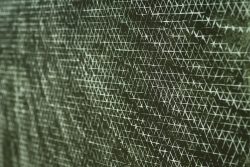
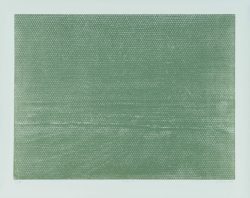
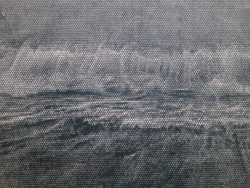
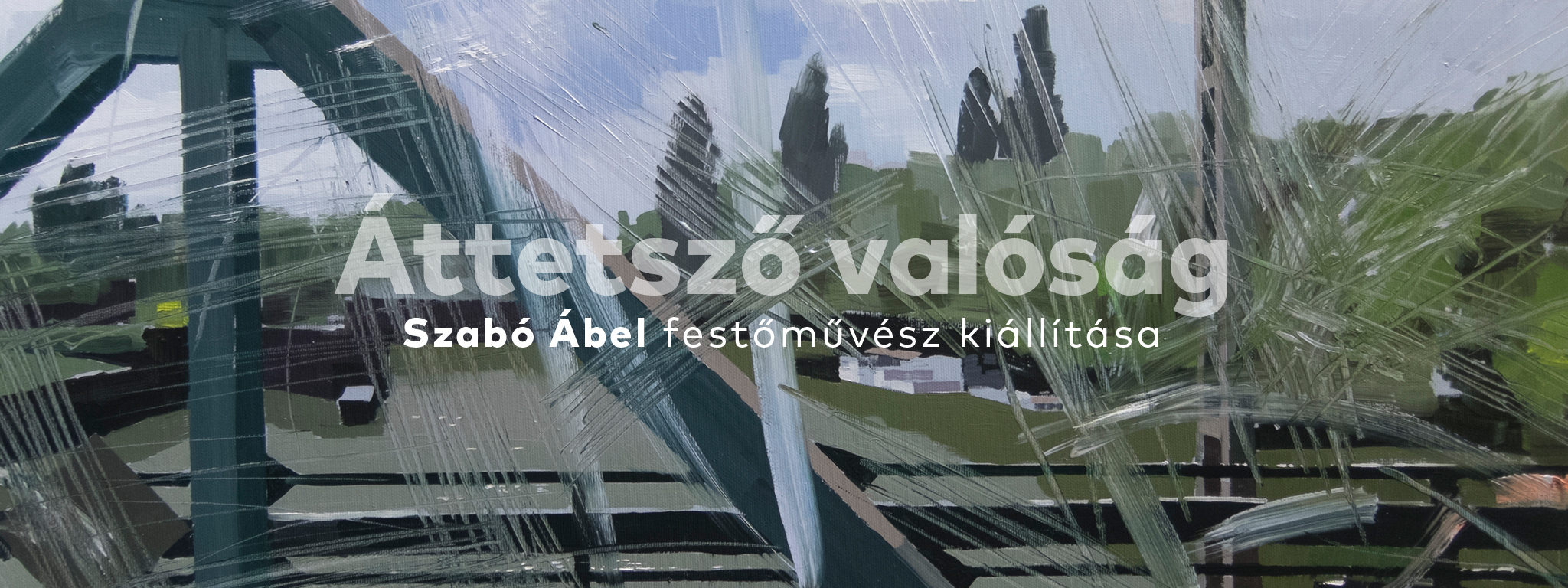
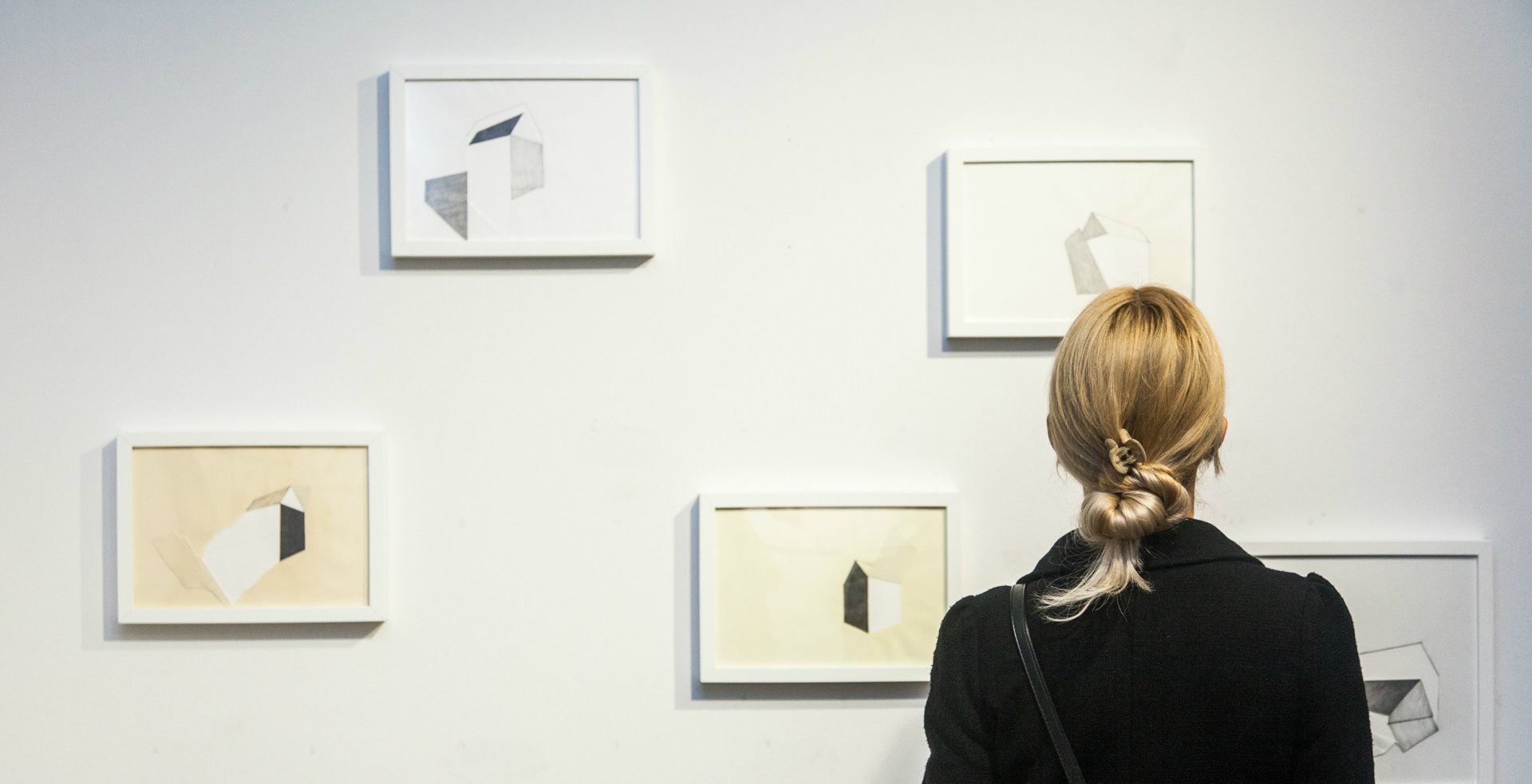
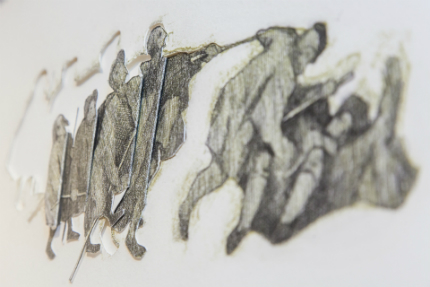
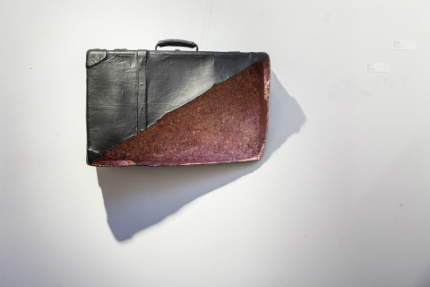
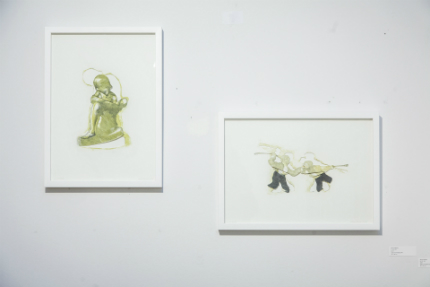
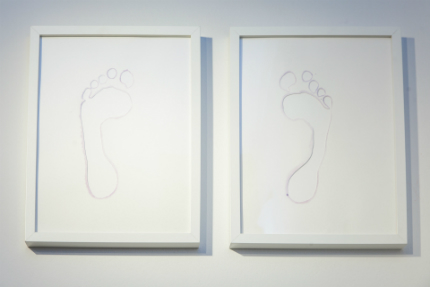
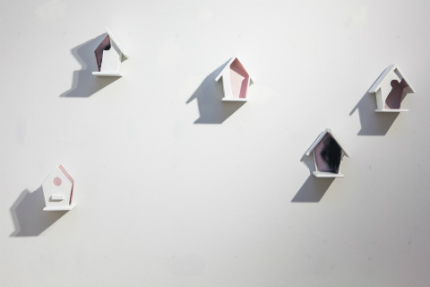
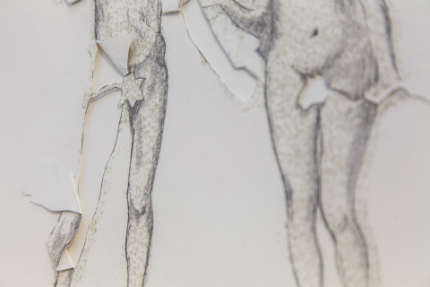
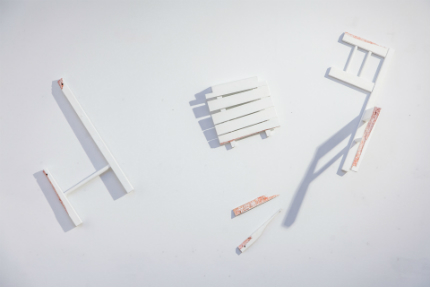
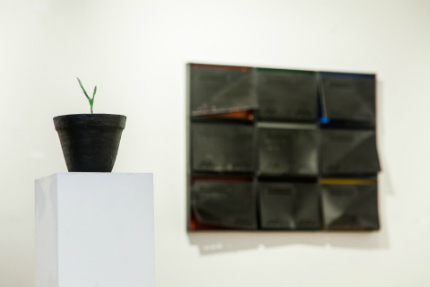
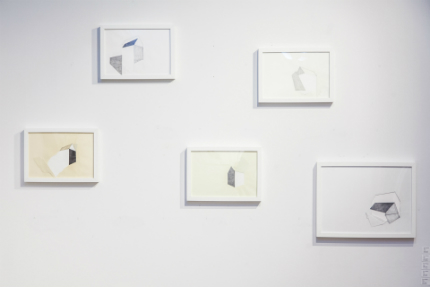
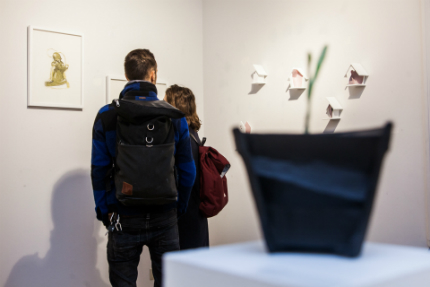
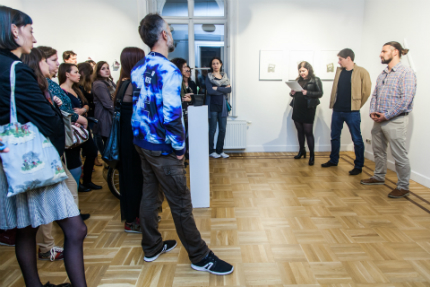
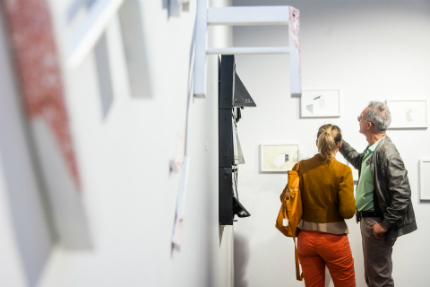
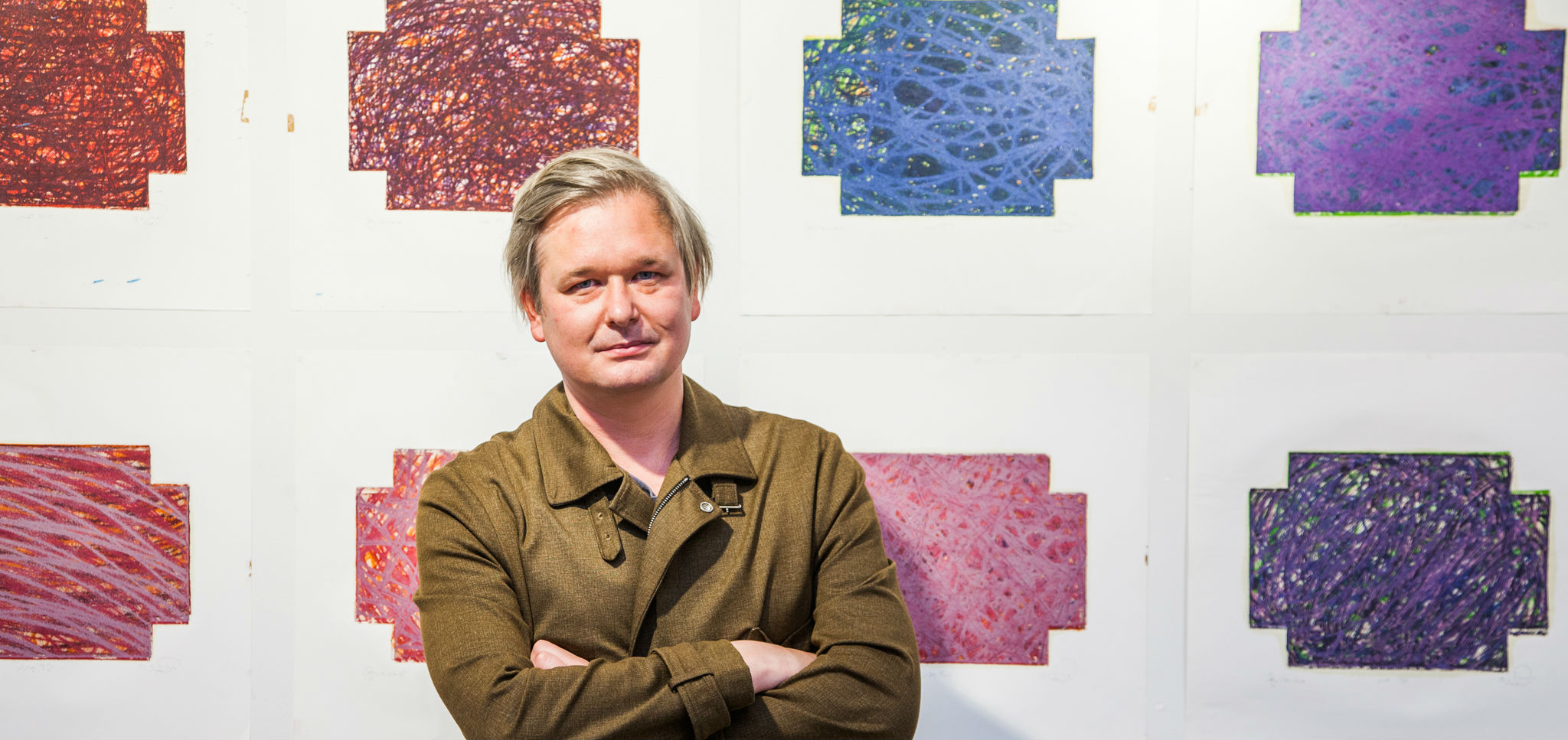
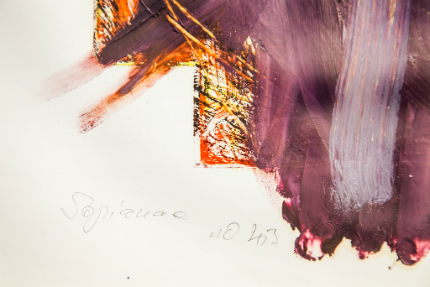
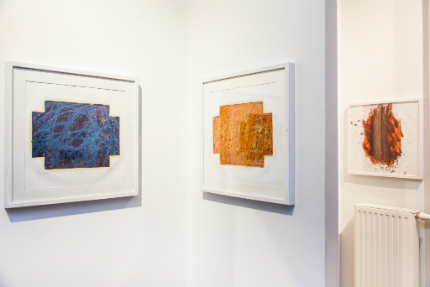
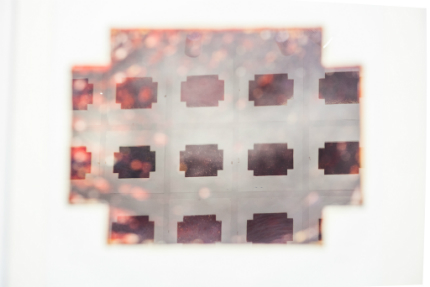
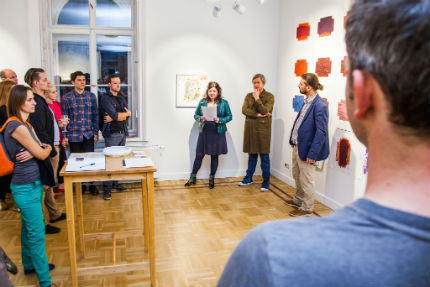
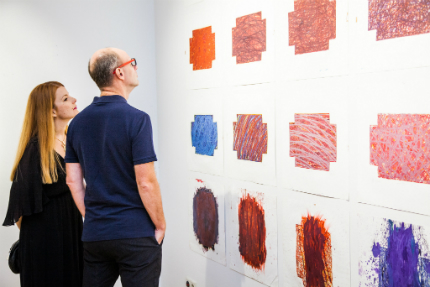
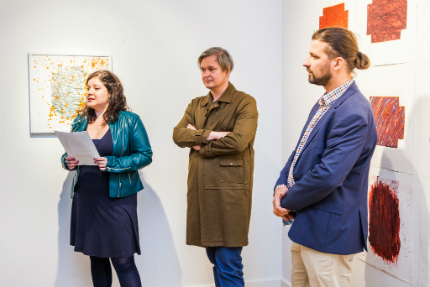
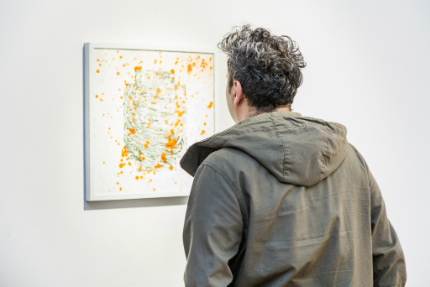
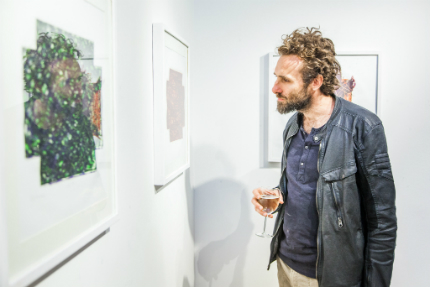
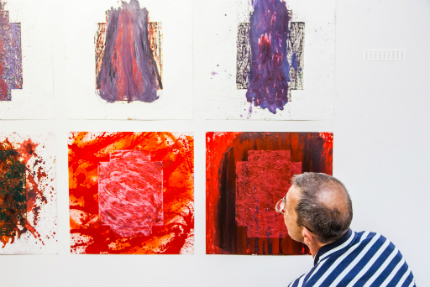
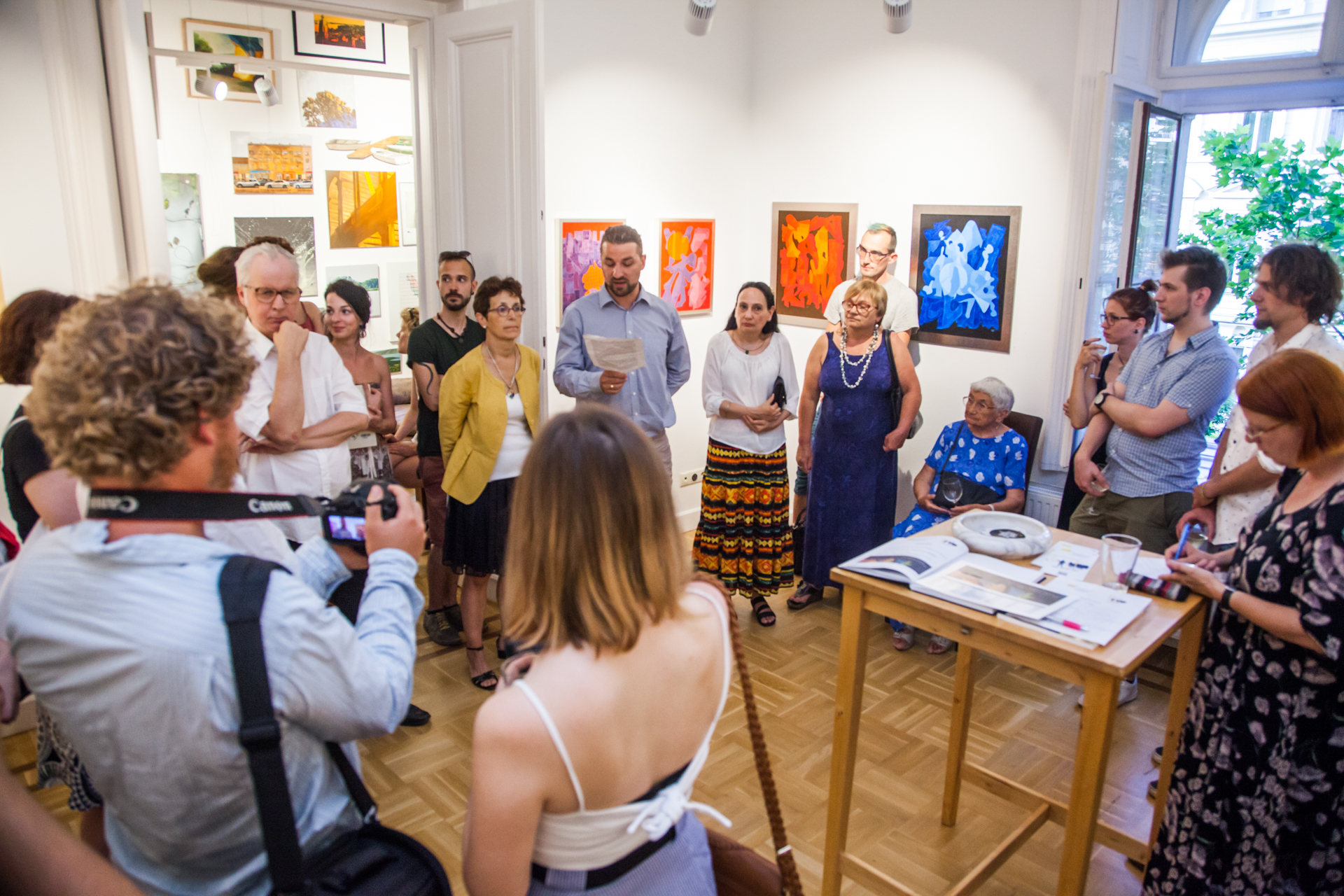

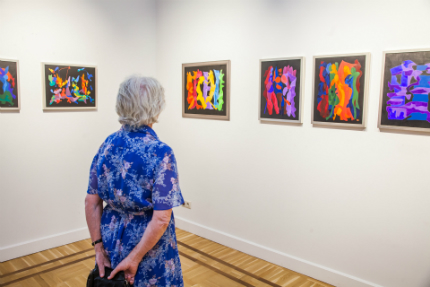
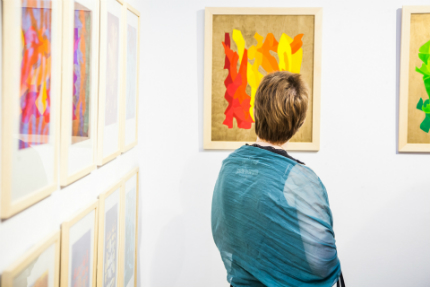
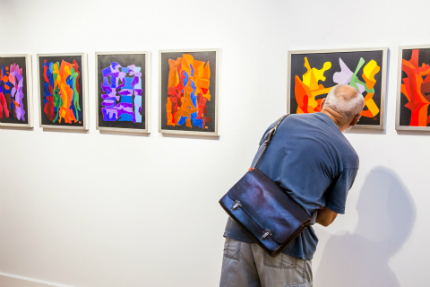
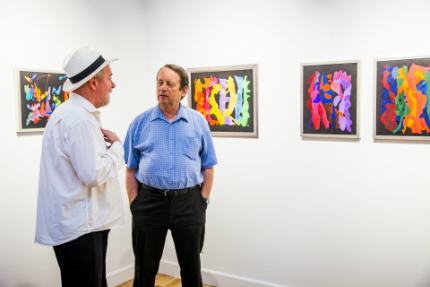
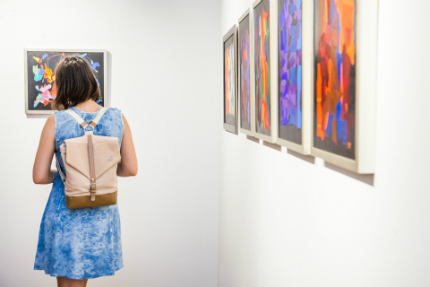
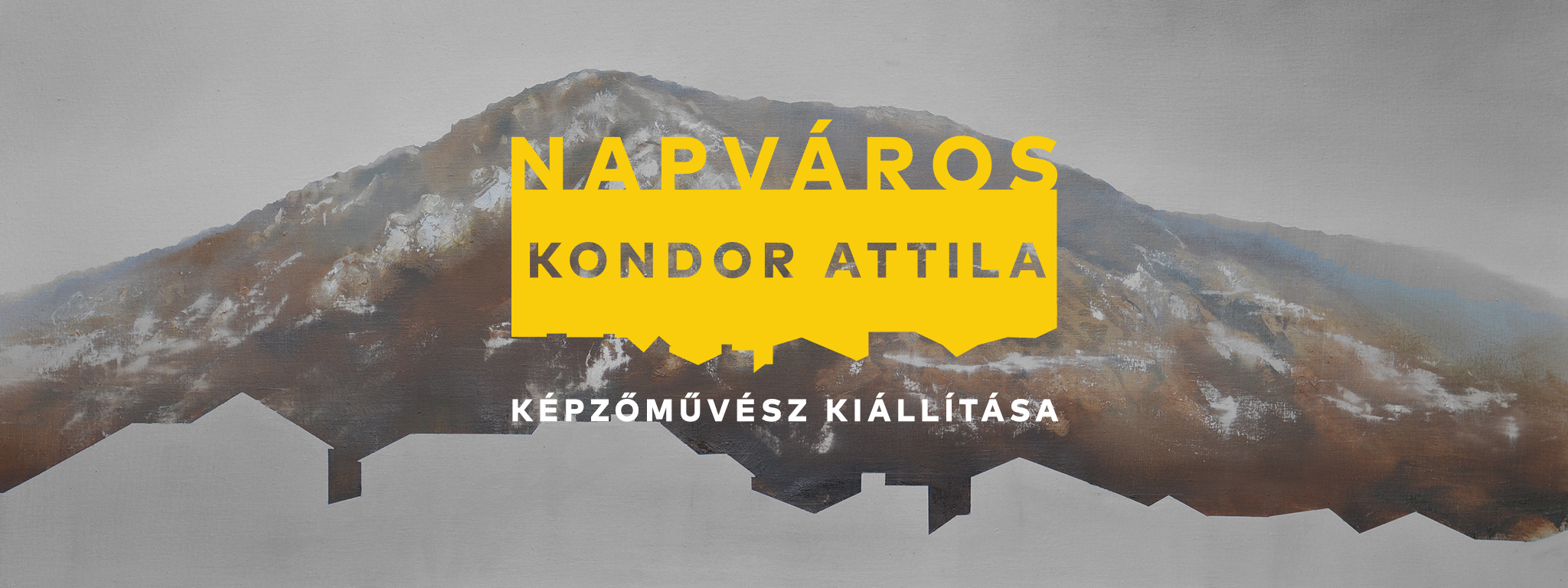
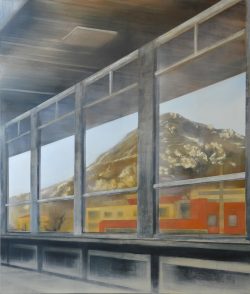 After the A38 Ship Gallery, the Kiscelli Museum Space and the B32 Gallery the next exhibition of „The Ways of Attention” project is the „Sun-city” which is going to be on show in Resident Art Budapest Gallery until the middle of June. The paintings, graphics and animations complement each other and lead the viewer to a contemplative observation. The moving and standing images effect the senses and propose questions at the same time which through the perception of art opens the way for self-reflection and our ultimate questions.
After the A38 Ship Gallery, the Kiscelli Museum Space and the B32 Gallery the next exhibition of „The Ways of Attention” project is the „Sun-city” which is going to be on show in Resident Art Budapest Gallery until the middle of June. The paintings, graphics and animations complement each other and lead the viewer to a contemplative observation. The moving and standing images effect the senses and propose questions at the same time which through the perception of art opens the way for self-reflection and our ultimate questions.